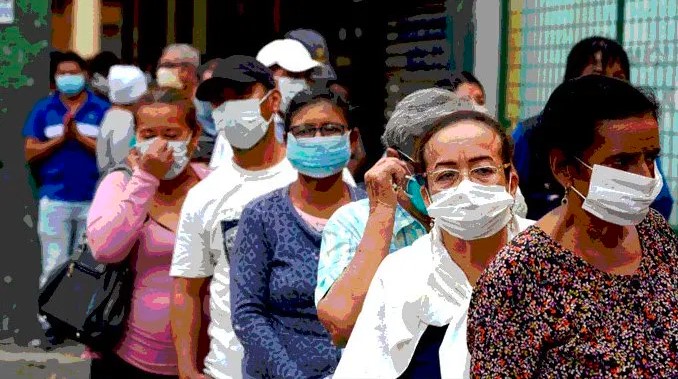
Doctors warn that in the intermediate care area many patients die because they cannot be transferred to intensive care
The hospitals for the care of COVID-19 cases of the public health network are full. Hospital occupation has been at the limit in Pichincha, for a month and there is a waiting list of patients to enter hospitalization and another list of critically ill patients who must enter the Intensive Care Unit (ICU), but there is no space.
Hospital occupation in the country is still a concern among the country’s doctors, nurses and scientists, but not by the government authorities.
According to the hospital occupancy report, cut to July 4, there are 10 Hospitals in Quito and a Temporary Care Center in the Bicentennial Park to meet the demand of infected patients who, until that day, were 8,806 cases in Pichincha and 8,022 infected in Quito. (This July 9, the province has 9,642 and the city 8,746).
In total, there are 826 beds for the hospitalization of stable patients and 266 for critically ill patients in the Intensive Care Unit (ICU). The number of hospitalized has increased drastically since June with peaks of 700 and 800 daily internships nationwide and this July 6 reached the highest peak with 956 hospitalized (stable and with prognosis reserved).
The IESS Quito Sur Hospital has the most capacity and, until July 4, had 237 full hospital beds and 58 ICU beds occupied.
The Hospital of the IESS Carlos Andrade Marín (HCAM), until this July 9, is the second health house that attends the most cases and the scenario is similar. Of the 175 hospital beds, 168 are occupied and the 78 beds (34 ICU, 19 intermediate care and 25 in the emergency area) for critical care are occupied.
The majority of other hospitals have 100% occupancy of hospitalization areas for the care of infected people. Only the Baca Ortiz Pediatric Hospital has 5 free ICU beds, the rest of the health center does not.
Directors of the Quito Military Hospital appealed to the authorities that they reached their maximum capacity with the 28 hospital beds and the 8 full ICUs. While the National Police Hospital exceeded its capacity.
In total, 90 people are on a waiting list to be admitted to hospitalization, while 48 critically ill patients have to wait for a space in intensive care.
The doctor Andrés Peralta, who has a doctorate in public health and epidemiology, expressed his concern about a constant occupation in the health system. The numbers of hospitalized people reveal that the situation in Pichincha is more serious. He noted that as people take longer to enter hospitals, they become more severe and the risk of death increases.
«The infected are not being identified in time and we continue to have significant deficiencies in the number of tests and in the identification and monitoring of cases, this accompanied by the restriction measures that have been liberalized,» said Peralta, who is part of the Observatory of monitoring of the Pichincha COVID-19.
The monitoring they carry out, he explained, is by the number of deaths and by the excess of deaths in Quito and the province. “This tells us that there is no control of the epidemic. The mathematical models tell us that Ecuador could still be experiencing an increase in cases and serious cases in the coming months, ”he warned.


Be the first to comment